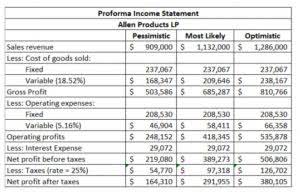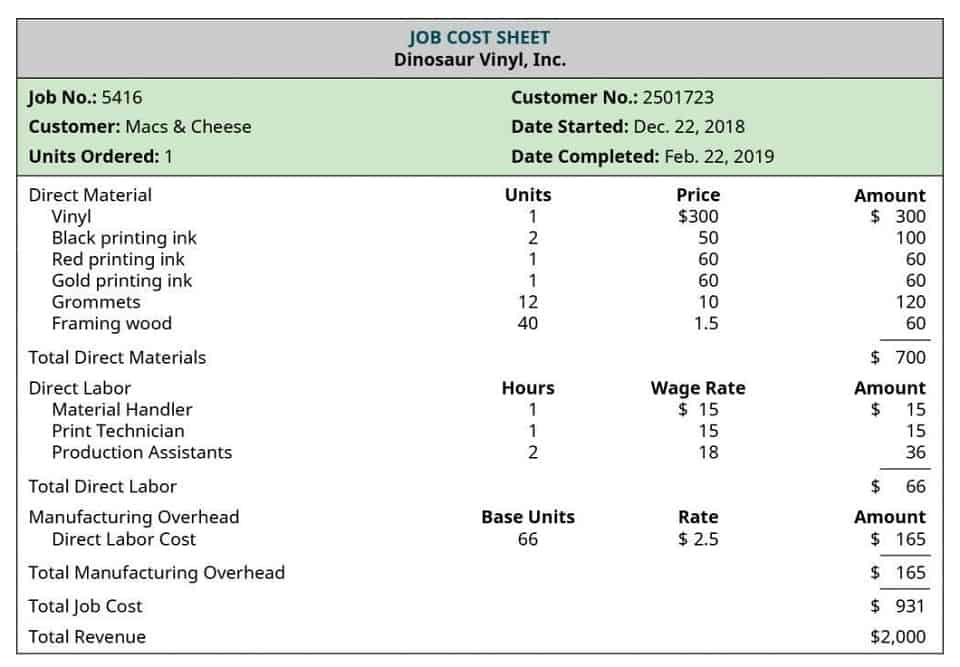
Total equity shows the portion of the company’s assets that are owned outright by shareholders, which is crucial for evaluating ownership claims and control. It helps in determining the book value of a company, aiding in mergers, acquisitions, or sale negotiations. Total equity serves as a measure of a company’s net worth, helping stakeholders assess its stability and long-term viability. Investors use total equity to assess the financial strength and growth potential of a company. Equity represents the net value of a company, or the amount of money left over for shareholders if all assets were liquidated and all debts repaid. how to calculate total equity In essence, total equity is the amount invested in a company by investors in exchange for stock, plus all subsequent earnings of the business, minus all subsequent dividends paid out.
Why Is Understanding Shareholders’ Equity Important?
This guide offers a comprehensive overview of equity accounting, from basic principles to advanced applications, catering to beginners and experienced financial professionals. Liabilities are broken down into current liabilities (e.g., short-term debt, accounts payable) and long-term liabilities (e.g., long-term debt, bonds payable). Total equity is a key component of the balance sheet, appearing under the “Equity” section. It represents the difference between total assets and total liabilities.
- They are also divided into current assets and non-current or long-term assets.
- According to Cisco’s quarterly balance sheet ending on October 30, 2021, we can see that the equity is computed as $42,701.
- Clearly outline any significant influence you have over an investee to provide investor insights into potential impacts on financial performance.
- Most U.S. companies build operations around a fundamental financial structure.
- If this figure is negative, its liabilities exceed its assets; this can deter investors who view such companies as risky.
- Sometimes, a venture capitalist will take a seat on the board of directors for its portfolio companies, ensuring an active role in guiding the company.
What Are the 3 Elements of the Accounting Equation?

The accounting equation is also known as the basic accounting equation or the balance sheet equation. The accounting equation ensures that the balance sheet remains balanced. Each entry made on the debit side has a corresponding entry or coverage on the credit side. From the beginning balance, we’ll add the net income of $40,000 for the current period, and then subtract the $2,500 in dividends distributed to common shareholders. In our modeling exercise, we’ll forecast the shareholders’ equity balance of a hypothetical company for fiscal years 2021 and 2022.

Additional Resources

It expresses the relationship between a company’s assets, liabilities, and equity. When the company’s repurchased shares are absorbed, the number of outstanding shares on the market is reduced. The result is fewer shares on the market, and the ownership percentage of each investor increases. That’s why buybacks benefit shareholders because they always increase the stock’s value in the short term. However, the corporation’s success and growth still depend on how the company is managed. Total Equity, often referred to simply as “equity,” represents the residual interest in the assets of an entity after deducting liabilities.
Shareholder Equity (SE): What It Is and How It Is Calculated

Total assets are the total of current assets, such as marketable securities and prepayments, and long-term assets, such as machinery and fixtures. Total liabilities are obtained by adding current liabilities and long-term liabilities. Firstly, it serves as a measure of Medical Billing Process the company’s financial health and stability.
- So from the above-given information, we will calculate the total equity using the equations mentioned above.
- The share capital method is sometimes known as the investor’s equation.
- Treasury stocks are repurchased shares of the company that are held for potential resale to investors.
- Different types of assets can have varying impacts on a company’s equity.
- Equity can increase or decrease depending on various factors, including the company’s profitability and the issuance of new shares.
Step 2: Identify Total Assets

The equity accounting formula can achieve precise financial reporting, which is essential for equity valuation and developing effective investment strategies. For anyone venturing into finance, learning how to calculate total equity sharpens your ability to analyze valuation, assess creditworthiness, and navigate corporate strategies. It’s a tool that fuels informed decisions, whether you’re evaluating business health, preparing reports, or shaping financial strategy. To calculate unearned revenue equity, you’ll want to use total assets, which is the sum of current and non-current assets. The Statement of Stockholders’ Equity shows Alphabet’s share repurchases, which impact both the capital and retained earnings balances.
